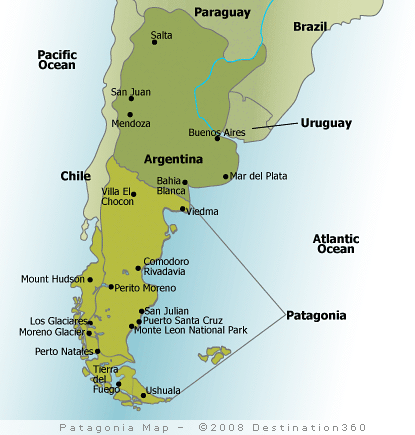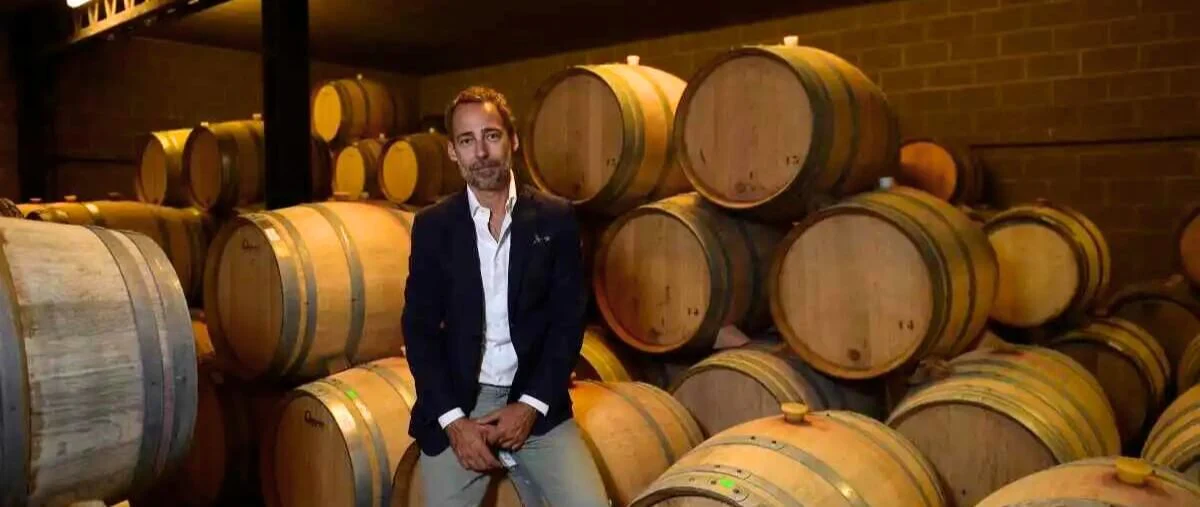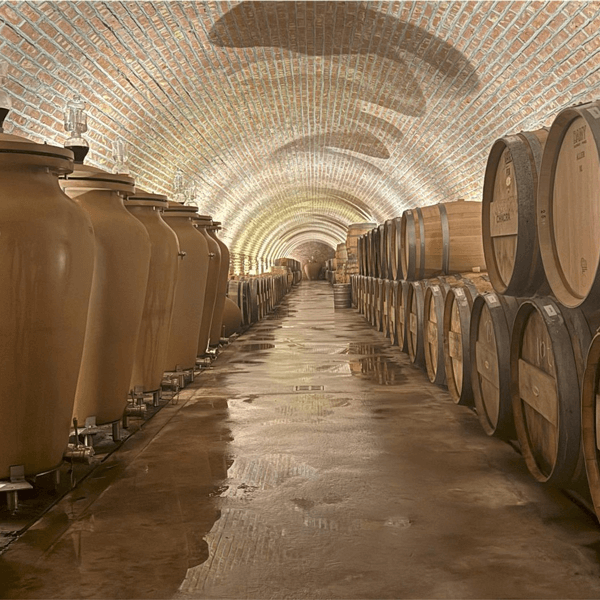Bodegas Chacra, one of Argentina’s most unique and innovative wineries, was founded in 2004 by Piero Incisa della Rocchetta, a descendant of the family that produced Italy’s famous Sassicaia. Inspired by the untamed beauty and unrealised potential of Patagonia, Incisa della Rocchetta found abandoned vineyards planted in 1932 and 1955 and saw in them the potential for authenticity and terroir expression. Over the years, the winery has transformed into a symbol of accuracy, sustainability, and reverence for the environment, garnering international acclaim for its elegant, site-driven wines that capture Patagonia’s distinct character.

From its inception, Bodegas Chacra has embraced a philosophy centered on balance and harmony, not just within the wines themselves but also in its relationship with the land and surrounding community. The winery has continually sought ways to minimize its environmental impact, pioneering sustainable and organic practices long before they became industry standards in Argentina.
Bodegas Chacra
Callejón El Mirador, Mainqué, Río Negro, Patagonia, Argentina
+54 299 492 4098 | info@bodegachacra.com | www.bodegachacra.com
Bodegas Chacra on Google Maps | Instagram | Twitter (now X)

At the heart of Bodegas Chacra is Piero Incisa della Rocchetta himself, whose passion and relentless pursuit of excellence have shaped the estate’s philosophy. With a background steeped in winemaking tradition and a personal affinity for Burgundy, Piero envisioned a new frontier for Pinot Noir in Patagonia’s cool desert climate. His decision to focus on Pinot Noir was both daring and visionary, challenging the conventional wisdom that associated Argentine wine predominantly with Malbec and warmer regions. Working alongside him is head winemaker Gabriele Galli, whose expertise in organic and biodynamic practices reinforces the winery’s commitment to natural viticulture. Galli, with his profound understanding of soil health and microbial diversity, ensures that each vineyard block is treated as a living entity. The team at Chacra shares a collective dedication to crafting wines that are not only expressive, but sustainable. The human touch is evident in every aspect of the winery, from hand-harvesting to minimal intervention in the cellar. Together, they foster a culture where tradition meets innovation, ensuring that each bottle embodies both place and purpose. Piero’s leadership also extends beyond the vineyard; he is deeply involved in educational initiatives that aim to elevate the perception of Argentine Pinot Noir on the world stage.
The vineyards of Bodegas Chacra are integral to the estate’s identity. Situated at 39 degrees south latitude, the estate benefits from a unique terroir where sandy, alluvial soils combine with a dry, desert-like climate. The vineyards are irrigated using pure snowmelt from the Andes, providing a sustainable and reliable water source in an otherwise arid region. These conditions foster low disease pressure, allowing the team to farm organically and biodynamically with relative ease. The ancient, own-rooted vines, particularly those from the 1932 and 1955 plantings, yield low quantities of highly concentrated fruit. Diurnal temperature shifts between hot days and cold nights preserve acidity, contributing to the wines’ balance and finesse. Each parcel is treated individually, acknowledging the subtle differences that even a few meters of soil variation can create. In this remote landscape, nature dictates the rhythm of work, and Bodegas Chacra embraces this relationship with the land as a cornerstone of its winemaking philosophy. Emphasizing soil regeneration and biodiversity, the winery employs cover cropping, composting, and gentle vineyard management techniques to maintain vineyard health. Sheep are used for natural weed control, contributing to a closed-loop agricultural system that reflects Chacra’s holistic approach.
Bodegas Chacra’s wine portfolio centers around Pinot Noir, a varietal rarely associated with Argentina until Chacra challenged this perception. The winery’s signature bottlings include Chacra ’32‘, sourced from the original 1932 vines, and Chacra ’55‘, expressing the character of the mid-century plantings. These wines are vinified with minimal intervention: indigenous yeasts, partial whole-cluster fermentation, and aging in a combination of concrete vats and neutral oak barrels to highlight purity and terroir expression. In addition to Pinot Noir, Chacra has expanded into Chardonnay production in collaboration with renowned Burgundian producer Jean-Marc Roulot. This partnership has yielded a Chardonnay of remarkable freshness and tension, reflecting both Burgundian elegance and Patagonian minerality. Sustainability underpins every aspect of production, with certification in organic and biodynamic farming practices ensuring that both vineyard and winery operations prioritize environmental stewardship. Small-scale experimental fermentations are often conducted, exploring the potential of micro-parcels and alternative vinification methods, pushing the boundaries of what Patagonian terroir can express.

What sets Bodegas Chacra apart is not merely its wines but its role as a trailblazer in Patagonia’s viticultural narrative. By coupling historical vineyards with modern techniques and a deep respect for nature, the winery offers a singular winemaking experience that speaks of both heritage and innovation. For sommeliers, wine lovers, suppliers, and producers worldwide, Bodegas Chacra stands as a testament to what vision, dedication, and terroir can achieve at the southern edge of the world. As Piero Incisa della Rocchetta continues to refine his craft and explore new possibilities, Bodegas Chacra remains committed to pushing the boundaries of quality and sustainability, making Patagonia not just a winemaking region but a beacon of innovation and respect for nature in the global wine community. Future projects include deeper exploration of regenerative agriculture, expanded educational collaborations, and the potential introduction of other cool-climate varietals that could further diversify and enrich the estate’s portfolio.